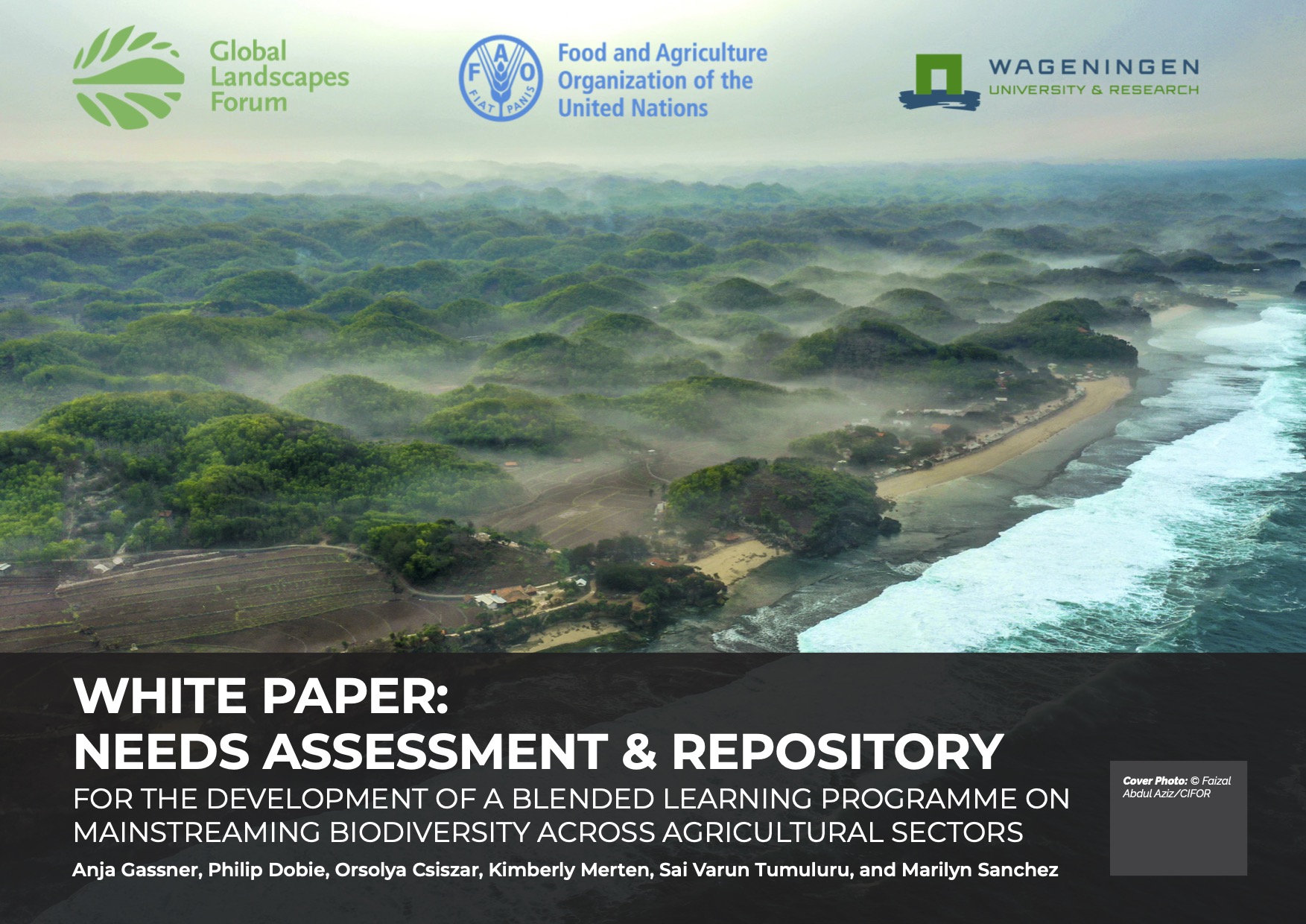Native to South and Southeast Asia, white jabon (Anthocephalus cadamba) and red jabon (Anthocephalus macrophyllus) are ideal choices for plantation and community forestry. Fast-growing and resistance to pests, the wood of these species have multiple uses. The species are preferred by local communities due to their adaptability and economic profitability. However, a lack of propagation technology appropriate for rural communities limits the domestication of jabon species. The research aimed to identify the best practices for seed germination and seedlings growth under rural conditions. The study used a completely randomized design, testing five treatments for germination media and nine treatments for growing media. Each treatment was replicated three times. All media tested were well-drained, of light texture, fertile, and can be easily produced by farmers by mixing appropriate portions of soils, sand and organic matter. The best soil media for germinating jabon seed is pure soil medium (100%) with the number of germinants equally 634 per 0.5 gram of seed, followed by the mixed soil-sand medium (1:1), which produced 514 germinants per 0.5 grams of seed. The best soil medium for height growth, diameter growth, and total dry weight of jabon seedlings was the mixed soil, cow-manure compost, and husk charcoal medium (3:1:1). These media can be produced under rural conditions with material easily available and improve local propagation of jabon species. Results are widely applicable.
DOI:
https://doi.org/10.12735/as.v2i3p36
Pontuação Altmetric:
Dimensões Contagem de citações:

Ano de publicação
2014
Autores
Irawan, U.S.; Purwanto, E.
Idioma
English
Palavras-chave
sustainability, wood, species, soil medium, eed germination, seed extraction, seedlings, tree domestication
Geográfico
Indonesia


















